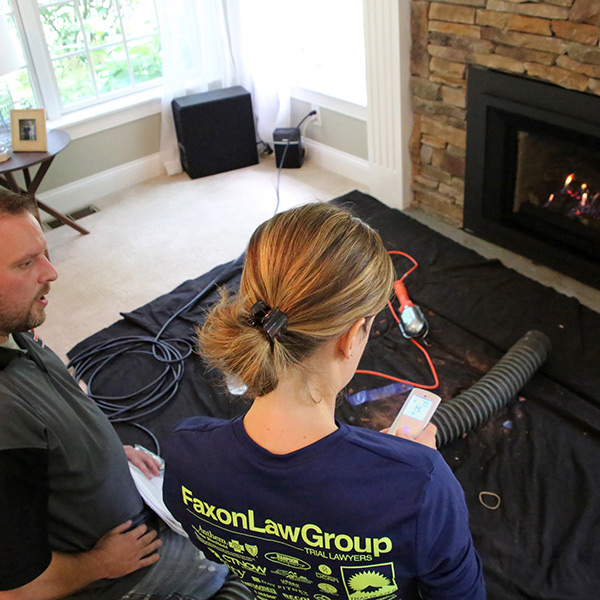The Causes of Spalling Bricks
When bricks start to chip, crack, flake, and break down, this is called spalling. This is quite common as the bricks age. Eventually, the bricks will fall away from the structure if not repaired.
 What Causes Spalling Bricks?
What Causes Spalling Bricks?
Several factors may cause spalling bricks. Over time the aging of bricks will cause spalling. The weather causes spalling bricks. Whether you live deep in the south or well into the north you have to deal with the elements that come with such drastic weather conditions. Extreme heat and water infiltration to name a few. In the North, the effects of freezing and thawing water can be very detrimental to the life of bricks.
Spalling may start in a very small crack. Over time water infiltrates that small crack. If left alone and not repaired, the crack will continue to grow. Left too long it can become a devastating situation as it may damage the structure. The spalling bricks break down and start to fall out of the structure. Think of it as a game of Jenga. The bricks or blocks start to fall out and eventually, the structure collapses.
Once spalling bricks are noticed it is important to get in touch with a professional chimney company such as Northeastern Chimney, Inc.
How is Spalling Bricks Repaired?
- To repair spalling bricks, first, our technicians will remove the brick that has begun to see spalling. We scrape all the mortar away from the existing area. We make it clean so that a new brick can sit on the spot level. Dust and debris are brushed away so there is a perfect fit.
- Next, it is important to choose a brick that is an exact fit. The color and texture are also very important when replacing spalling bricks.
- Once the brick is chosen, the repair begins. Mortar is placed on all sides of the opening and the brick is inserted.
- We make every effort to clean around the new brick
- Water repellent may be added after the mortar has dried for extra protection.
Professionals suggest that an annual Chimney sweep and inspection be conducted. When a problem arises, the best plan is to tackle it as soon as possible. This will cost you much less than if you let the damage to the fireplace and bricks go on too long.
 Northeastern Chimney, Inc. are here for you.
Northeastern Chimney, Inc. are here for you.
We can work around your schedule at your convenience. We service all of Hartford, Tolland, and Litchfield Counties. All our chimney technicians are CSIA certified. We are active in the National Chimney Sweep Guild (NCSG) and the Chimney Safety Institute of America (CSIA)
In addition, Northeastern Chimney, Inc. maintains a rigorous training schedule and a strict code of performance and ethics.
Our technicians have continued education. We believe in staying up to date in the leading circles of sweep education. We are members of the National Chimney Sweep Guild, and the Chimney Safety Institute of America, we take advantage of opportunities for ongoing training. Each year we send sweeps to the National Chimney Convention to learn the latest techniques, technologies, and strategies in sweeping and chimney maintenance to increase their level of expertise.
The post The Causes of Spalling Bricks appeared first on .
This post first appeared on https://www.mychimney.com


 A fireplace is a must-have for many new homeowners. The cozy ambiance that it brings to a home is not to beat. A room with a fireplace is usually the focal point of a home. A gathering place. A gas fireplace is certainly easier to keep up, but it is not completely self-maintained.
A fireplace is a must-have for many new homeowners. The cozy ambiance that it brings to a home is not to beat. A room with a fireplace is usually the focal point of a home. A gathering place. A gas fireplace is certainly easier to keep up, but it is not completely self-maintained. By keeping your gas fireplace in tip-top shape you will enjoy years of enjoyment. Cleaning out your fireplace is your first effort to keep an efficient fireplace. When it comes to the big jobs, contact Northeastern Chimney for a
By keeping your gas fireplace in tip-top shape you will enjoy years of enjoyment. Cleaning out your fireplace is your first effort to keep an efficient fireplace. When it comes to the big jobs, contact Northeastern Chimney for a 




